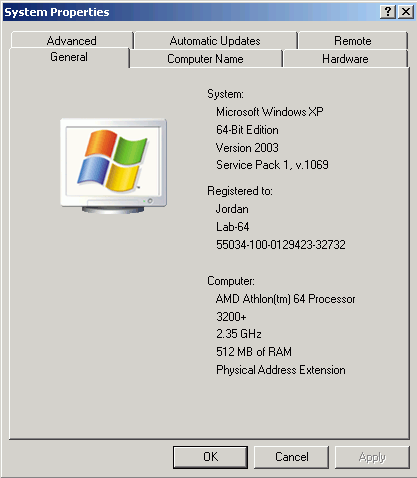

32-bit apps are usually installed to the C:\Program Files (x86)\ folder on 64-bit versions of Windows, while 64-bit programs are usually installed to the C:\Program Files\ folder. Windows also installs 32-bit and 64-bit apps in different places-or at least, tries to. In all versions, 64-bit apps have no extra text after the name. If you’re using a 64-bit version of Windows 7, you’ll see the text “*32” instead. If you’re using a 64-bit version of Windows 8 or 10, you’ll see the text “(32-bit)” after the name of any 32-bit app. On the “Processes” tab, take a look under the “Name” column. To open it, right-click any open area on the taskbar, and then click “Task Manager” (or press Ctrl+Shift+Escape). You can use Task Manager to see which of your programs are 64-bit and which are 32-bit. RELATED: Beginner Geek: What Every Windows User Needs to Know About Using the Windows Task Manager
#Running 32 bit on 64 bit processor how to
RELATED: How Do I Know if I'm Running 32-bit or 64-bit Windows? How to Check Which of Your Apps Are Still 32-bit So, let’s dive into that a bit more and see when it might matter to you. Another little wrinkle-and one that applies only to a very small number of people-is that 32-bit versions of Windows can run old 16-bit apps, but those 16-bit apps will not run on a 64-bit version of Windows. The first thing to know is that 64-bit versions of Windows can run 32-bit apps, but 32-bit versions of Windows can’t run 64-bit software. But, what about those apps? Things get a bit trickier, there.


 0 kommentar(er)
0 kommentar(er)
